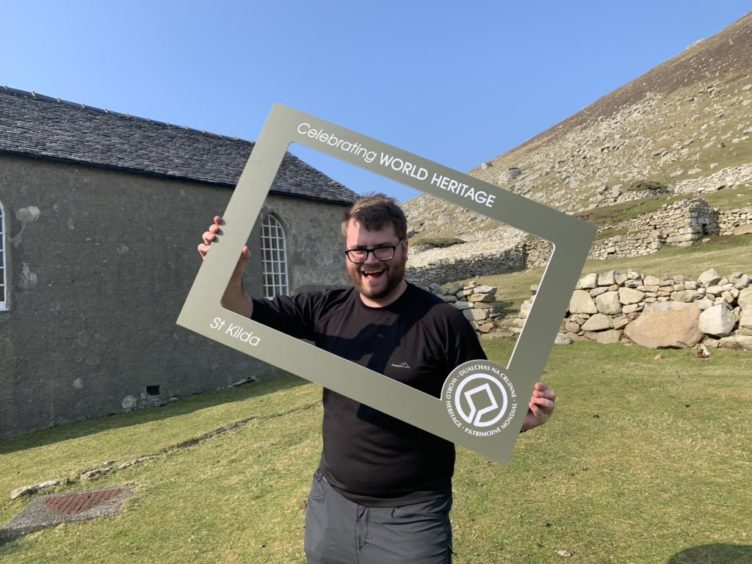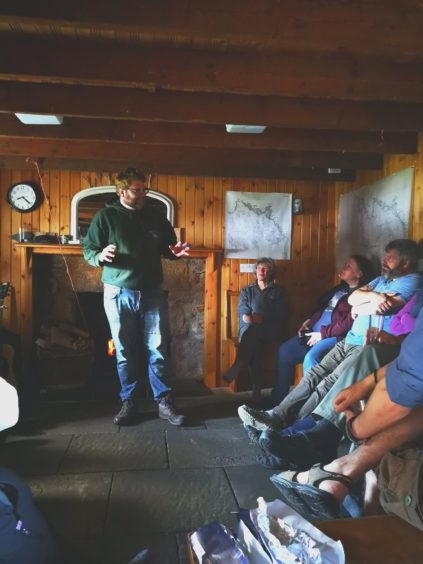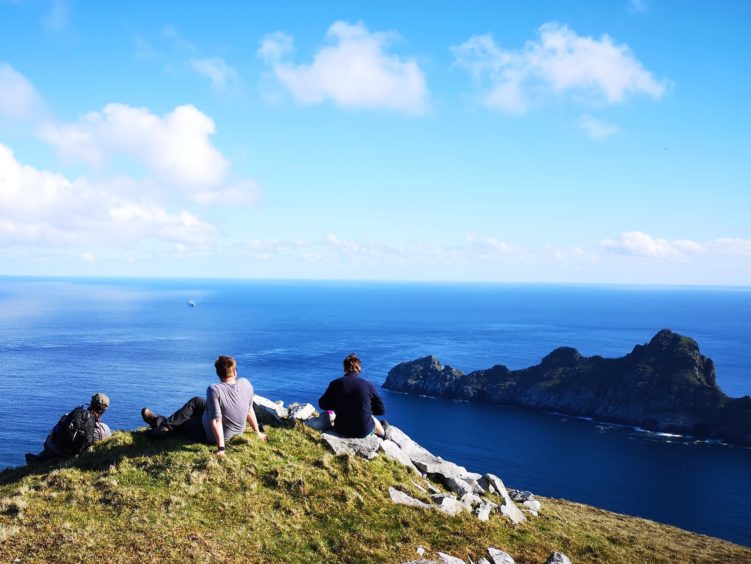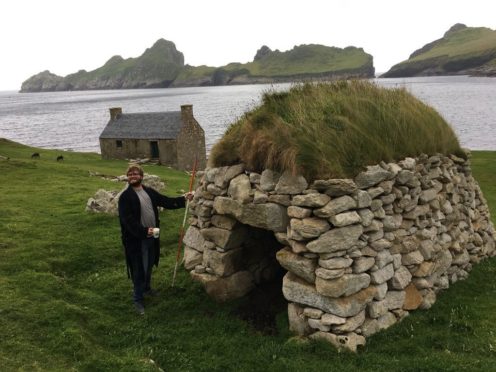Craig Stanford has been working as an archaeologist on one of Scotland’s most remote places for the last three years.
And even though he has now finished his role with the National Trust for Scotland, he still marvels at the sights he witnessed on St Kilda.
The 28-year-old has been involved in numerous excavations and delved into the islands’ past, including how humans survived there for centuries, and witnessed the remarkable natural wildlife which is prevalent in the Outer Hebrides.
Mr Stanford took up the post at the start of 2017, having previously studied at Aberdeen University, doing an MLitt in Glasgow, and working with a group of professional archaeologists in south-west Scotland.

He said: “It is a legendary place for archaeology, an incredibly well-preserved historic landscape. Everywhere you look, you see evidence for a lost way of life.
“It is still very much a Hebridean island though, and the commonalities that it had with neighbouring islands is just as fascinating as the differences.
“My role was really to preserve, protect and promote the cultural heritage of St Kilda, which is one of Scotland’s Six World Heritage Sites.
“A lot of people see it as a sad place, focusing on the story of the evacuation in 1930, but all I see is the incredible vibrancy of thousands of years of human success in an awe-inspiring place. And that human story continues!

Mr Stanford has now moved on to Historical Environment Scotland.











